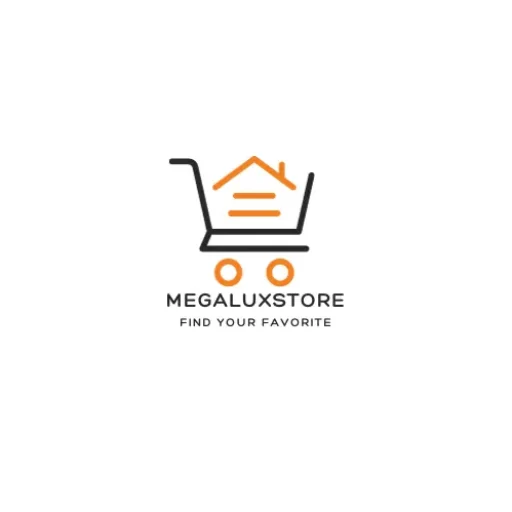Why are cotton bales wrapped in different colors? In the vast fields of agriculture, the wrapping of cotton bales in different colors has become a captivating phenomenon. This practice goes beyond aesthetics, holding a key role in the preservation, identification, and quality of the harvested cotton. Let’s delve into the world of cotton bales, exploring the intricacies of their production and the colorful mysteries that surround them.
What is a Cotton Bale? How it is Produced?
Before we unveil the reasons behind the diverse colors of cotton bale wraps, let’s understand what a cotton bale is. People normally asked for what is slubbed cotton and its uses. A cotton bale is a tightly compressed bundle of raw cotton fibers. These bales are a vital component of the textile industry, serving as a standardized form for the transportation and storage of this precious commodity. The production of a cotton bale involves a meticulous process. From the harvesting of the cotton crop to the ginning and compressing of fibers, modern methods utilize advanced technology to create dense, uniform bales that meet industry standards.
Why Are Cotton Bales Wrapped in Different Colors
WHY ARE HAY BALES WRAPPED IN PINK?
Pink-wrapped hay bales may seem like an anomaly in the agricultural landscape, but there’s a deeper purpose. Often, farmers choose to wrap hay bales in pink to support charitable causes. This vibrant hue raises awareness for campaigns like breast cancer, adding a touch of compassion to the fields.
WHY ARE SOME COTTON BALES WRAPPED IN DIFFERENT COLOURS?
Diversity in cotton bale wrapping colors serves a multitude of purposes. Each color may signify different cotton grades, aiding in the streamlined sorting process. Understanding the meaning behind the colors is crucial in decoding the information encoded in the wraps.
WHY ARE HAY BALES WRAPPED IN BLACK?
The choice of black wrap for hay bales may initially raise eyebrows, but studies suggest there’s more than meets the eye. Scientific research explores the efficacy of black wrap film in preserving hay quality. The unconventional color may have practical benefits for farmers striving for optimal forage preservation.
STUDIES ON BLACK WRAP FILM
Delving deeper into the studies on black wrap film reveals fascinating insights. Scientific research indicates that the use of black wrap may contribute to better nutrient retention in hay bales, potentially enhancing the overall quality of the forage.
WHY ARE HAY BALES WRAPPED IN WHITE PLASTIC?
In contrast to the darkness of black, white plastic wrap serves its purpose. The reflective nature of white wrap helps regulate the temperature inside the bale, preventing excessive heating. Environmental considerations play a role in choosing the right color for optimal forage preservation.
SHOULD YOU WRAP YOUR HAY BALES IN DIFFERENT COLOURS?
The decision to wrap hay bales in different colors should be a thoughtful one. Factors such as climate, storage conditions, and personal preferences should be taken into account. Balancing functionality and aesthetics ensures that the chosen color meets both practical and visual needs.
Conclusion
In conclusion, the colors adorning cotton bales are not mere embellishments; they are a coded language of the agricultural landscape. From supporting charitable causes with pink wraps to exploring the scientific benefits of black film, each color serves a unique purpose. As farmers continue to weave this colorful tapestry, it’s clear that the artistry of agriculture goes beyond the fields, leaving a lasting impact on both the environment and the community.
Frequently Asked Question(FAQs)
Why are cotton bales wrapped in pink and yellow?
Cotton bales are wrapped in pink and yellow for easy identification and quality control in the processing industry. Pink indicates higher quality, while yellow denotes lower grade. This color-coded system streamlines sorting, grading, and tracking, ensuring efficient and accurate handling throughout the supply chain.
What color wrap for bales?
Cotton bales are wrapped in pink and yellow for effective identification and quality control in the processing industry. Pink signifies higher quality, while yellow designates lower grade. This color-coded system streamlines sorting and tracking processes, ensuring efficient and accurate handling throughout the supply chain.
Are the colors of cotton bale wrapping standardized globally?
Yes, cotton bale wrapping colors are globally standardized by the International Cotton Association (ICA), ensuring uniformity for efficient identification and streamlined supply chain processes.
Are there any regulations regarding the disposal of cotton bale wrapping materials?
Yes, there are regulations governing the disposal of cotton bale wrapping materials. Compliance with these guidelines is crucial to ensure environmentally responsible practices. Always check local and national regulations to properly manage and dispose of these materials in accordance with established standards.
How do technological advancements enhance the efficiency of cotton bale wrapping?
Advanced wrapping machines and improved materials enhance efficiency in cotton bale wrapping. Automation and durable materials streamline the process, reducing manual effort and ensuring secure packaging during transport.





